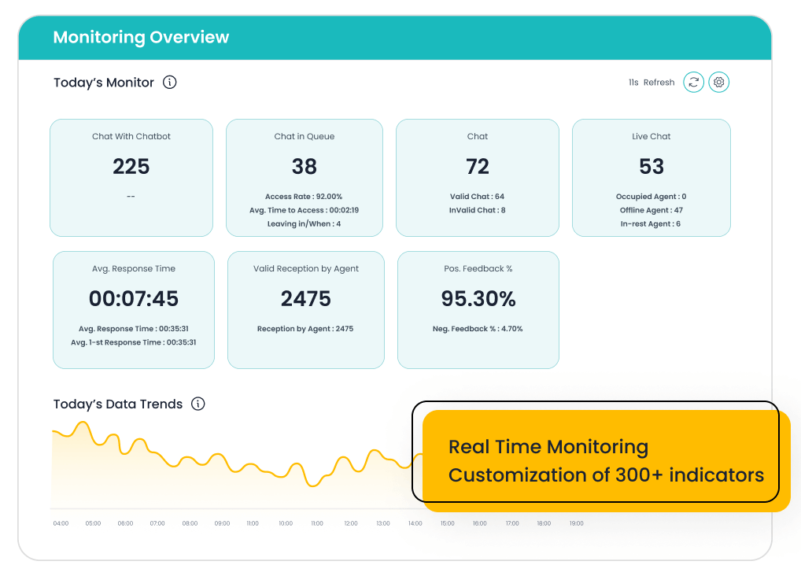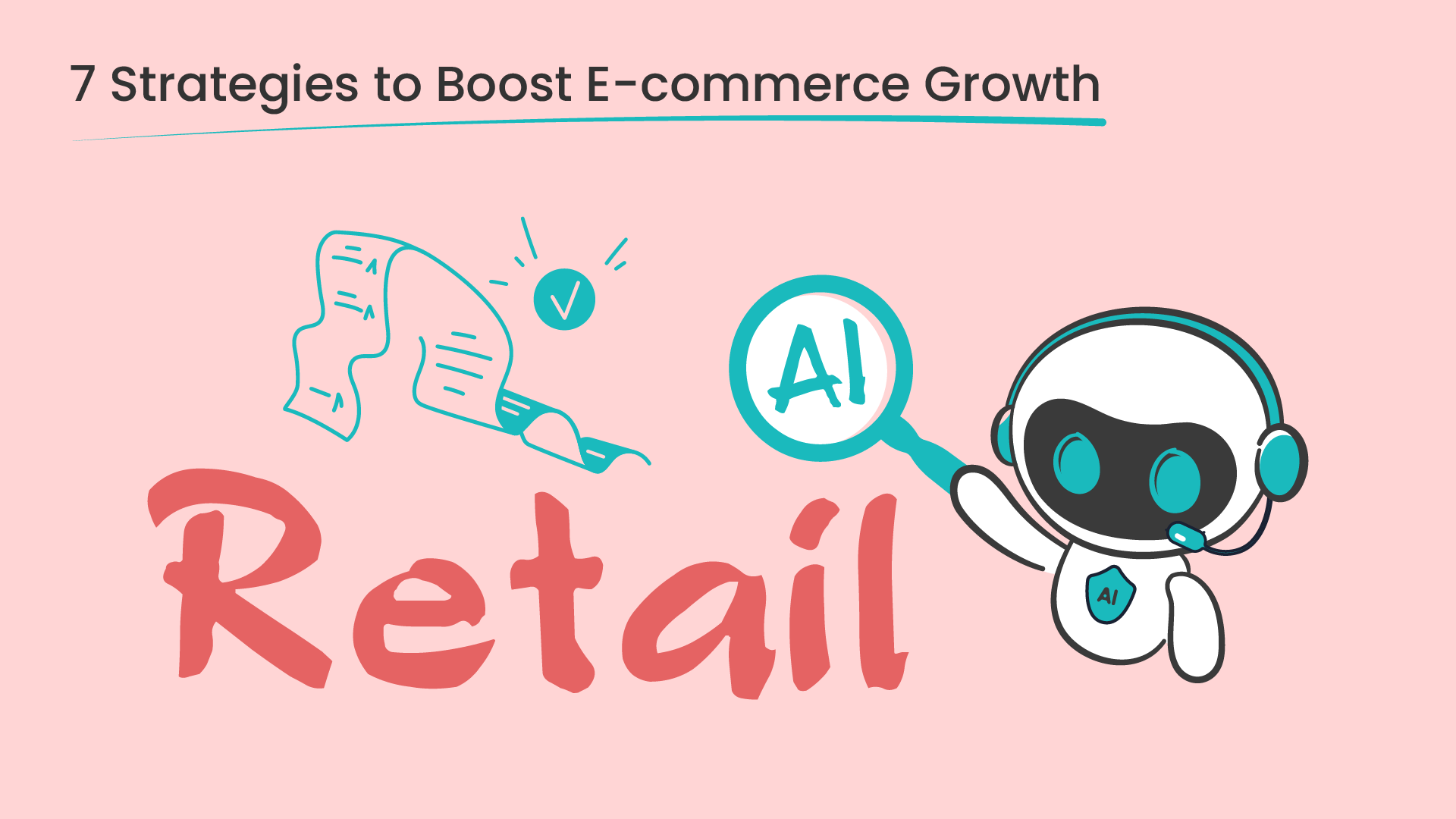“OPPO is not product-centric, but user-centric.” said Tony Chen, CEO of OPPO.
Founded in 2004, OPPO has already become a leading innovator in the smart device sector, with smartphones as its business focus.
OPPO has always thought highly of customer experience, renowned for providing its users with products and services that exceed their expectations. To facilitate its users, OPPO has established its self-operated online shopping website, and set up both online and offline customer service centers to address customers’ issues.
Besides, OPPO has specially made “User Manuals” for the elderly users, in which product functions and anti-fraud knowledge are described in detail, largely improving elderly customers’ experience. Therefore, OPPO’s customer satisfaction has consistently remained at a high level.

With its advanced technologies and great customer service, OPPO operates in over 60 countries and regions, and its users reach up to over 600 million around the world.
As OPPO expands its business and gets ready for receiving more customers, it has realized the importance of upgrading its customer service system, because its pressure in customer reception has increased constantly, and the channels and platforms where customers come from have also got increasingly complicated. OPPO thus collaborated with Sobot, who is experienced in customer experience (CX) improvement in retail and e-commerce area, so as to better serve for customers and improve customer satisfaction score (CSAT).
Improve Customer Service Efficiency through Human-Machine Cooperation
OPPO used to receive all its customers by human customer service agents. Normally, the consultation volume was not that large, so there was no obvious problem until the shopping festivals and promotion period.
During these periods, the order volume and consultation volume increased dramatically, thus multiplying the average workload of human agents. In other words, every human agent needed to receive much more customers than normal days, resulting in serious queuing and long waiting time for customers.
In Sobot’s customer service system, OPPO conducted a series of deployments to improve the quality and efficiency of customer service through human-machine cooperation. Sobot provided OPPO with online chatbot to offer guidance on frequently asked questions (FAQs) and assist in self-service for customers.

In this way, human agents don’t need to answer repetitive questions any more, and the independent reception rate of chatbot has been largely improved. Now customers turn to human agents for help only when they meet some problems that can not be solved by chatbot.
And for human agents, Sobot also provided ticketing system for them to better collaborate with other members of the department and across departments. Such human-machine cooperation has not only relieved human agents’ pressure, but also improved service efficiency and quality, leading to customer satisfaction improvement.
Promote Problem Resolution by Optimizing Knowledge Base
OPPO has been aware that except for customer service efficiency, the problem resolution rate is also a key influential factor of customer service satisfaction, which requires abundant knowledge base.
Human agents depend on the knowledge base to gain knowledge and answer customers’ questions. But for OPPO, the cost of knowledge base maintenance is higher than ordinary companies. The reason is simple: the prices of smart devices are generally higher than other products, so customers are usually more cautious when purchasing smart devices. They tend to ask more questions to ensure great quality and performance of the products. That means, OPPO needs to input much more Q&A pairs manually into the knowledge base, which increases the maintenance cost sharply.
Also, faced with the rapid development of technologies and products in smart device industry, OPPO has been continuously launched new products to keep its competitiveness. With diverse and constant upgrading products, OPPO found it difficult to provide comprehensive product training for human agents and upgrade its knowledge base without delay.
Sobot’s knowledge base operation team helped a lot to address this issue. Sobot helped OPPO establish its new knowledge base based on previous dialogues between customers and human agents, and realize the cold start of knowledge base. For further operation and maintenance, with Sobot’s AI capacity, OPPO just needs to upload relevant files for AI to learn, relieving human from manually input Q&A pairs. As a result, OPPO now only needs to put in 10% of their original effort to complete knowledge base cold start and daily operation and maintenance. And both chatbot and human agents can answer customers’ questions more accurately, increasing the problem resolution rate.
Integrate Global Major Channels for Customer Reception
OPPO’s customers come from various channels, such as official website, self-operated shopping website, Facebook, Twitter, WhatsApp, Wechat official account and so on. But through OPPO’s previous customer service system, human agents could not receive customers from all channels. Instead, sometimes customers needed to turn to other channels for consultation, which may decrease customer satisfaction and even lead to customer loss.
Considering OPPO’s global business development, Sobot helped OPPO integrate all major channels mentioned above with the customer service system. Such integration enabled customers to smoothly consult through the channel they use without switching to other channels. Agents also benefited from the integration—they can receive customers from all channels in Sobot’s united customer service platform, largely facilitating their operation and improving their work efficiency.
Integrate Various Business Systems to Eliminate Data Fragmentation
OPPO has already established comprehensive data systems, including CRM, CDP, membership system, knowledge base system and so on. However, OPPO’s previous customer service system was not integrated with these data systems, so human agents had to switch among different systems and platforms to gain customers’ overall information and answer their questions. Such data fragmentation made it difficult for agents to effectively utilize the data, and significantly affected the problem-solving efficiency.
Sobot integrated the customer service platform with OPPO’s various business systems, making all information display in a united platform. Through Sobot’s integrated platform, OPPO’s agents can easily learn about customers’ information and provide tailored and targeted service for them, promoting customers’ shopping experience and satisfaction. Furthermore, administrators can also extract useful information from the integrated data, so as to make adjustments when necessary to accelerate business growth.
With Sobot’s solution, OPPO has witnessed a 83% chatbot resolution rate, a 94% positive feedback rate and a 57% increase in repurchase rate.
Interested in the omnichannel and integrated customer contact solution? Contact Sobot to have a try!












